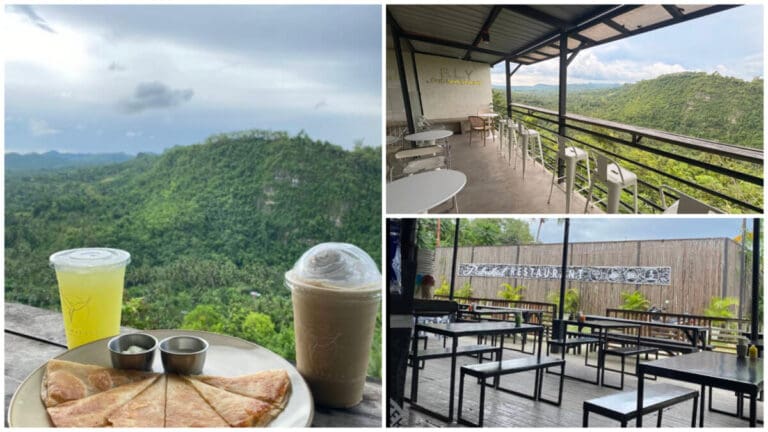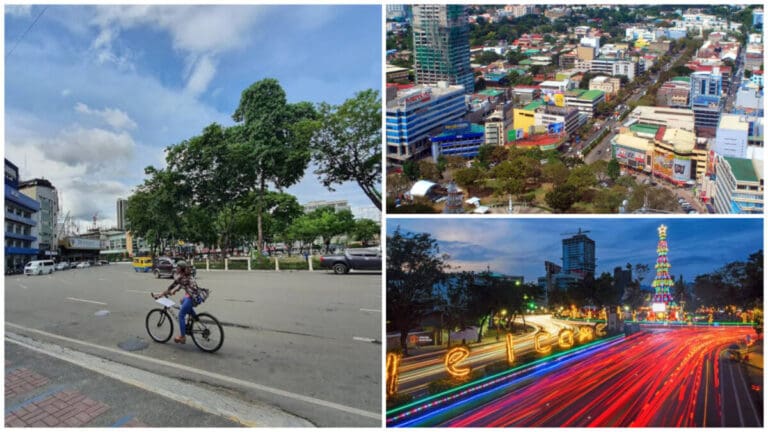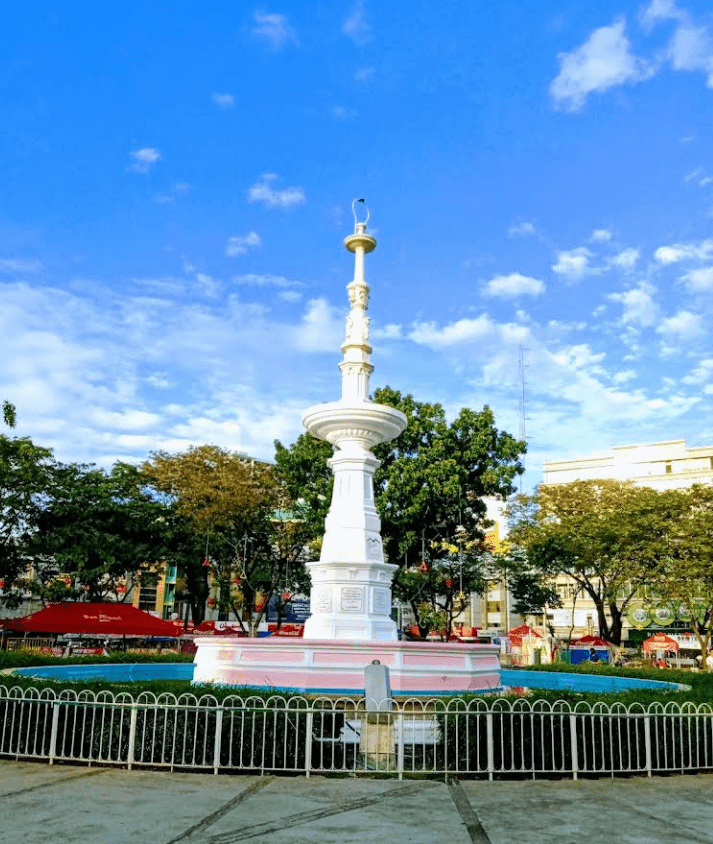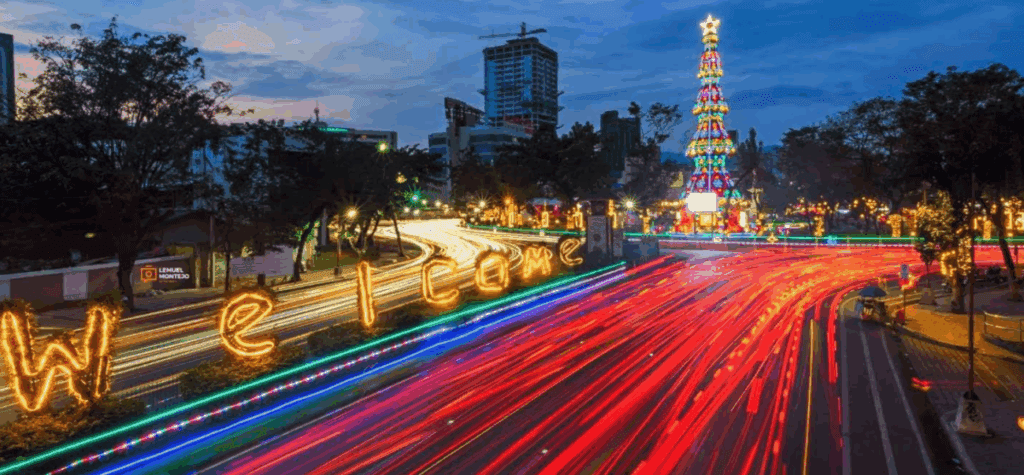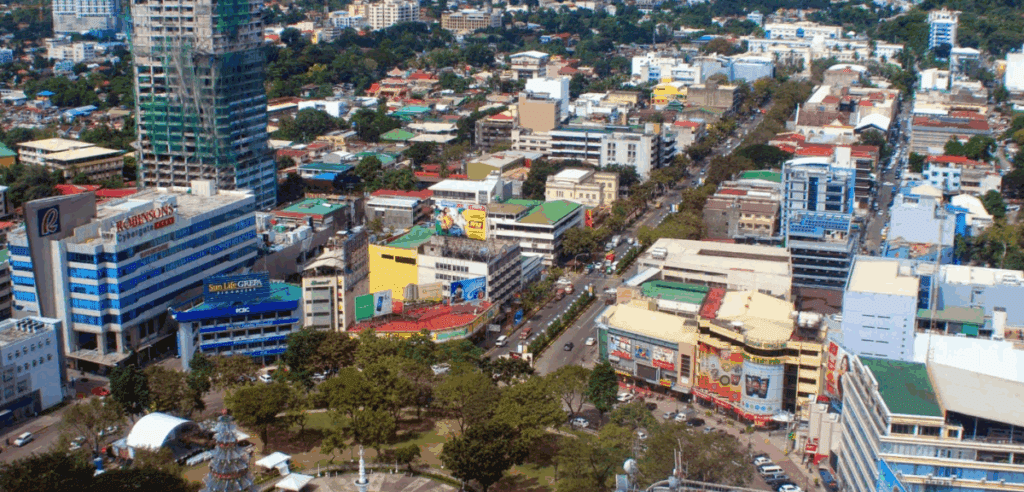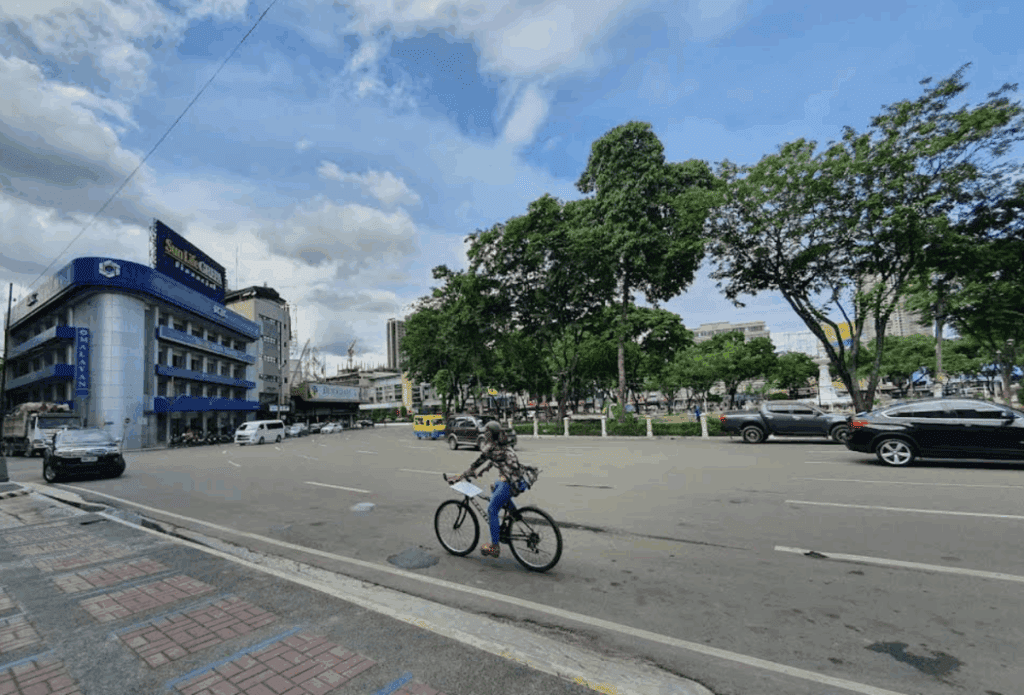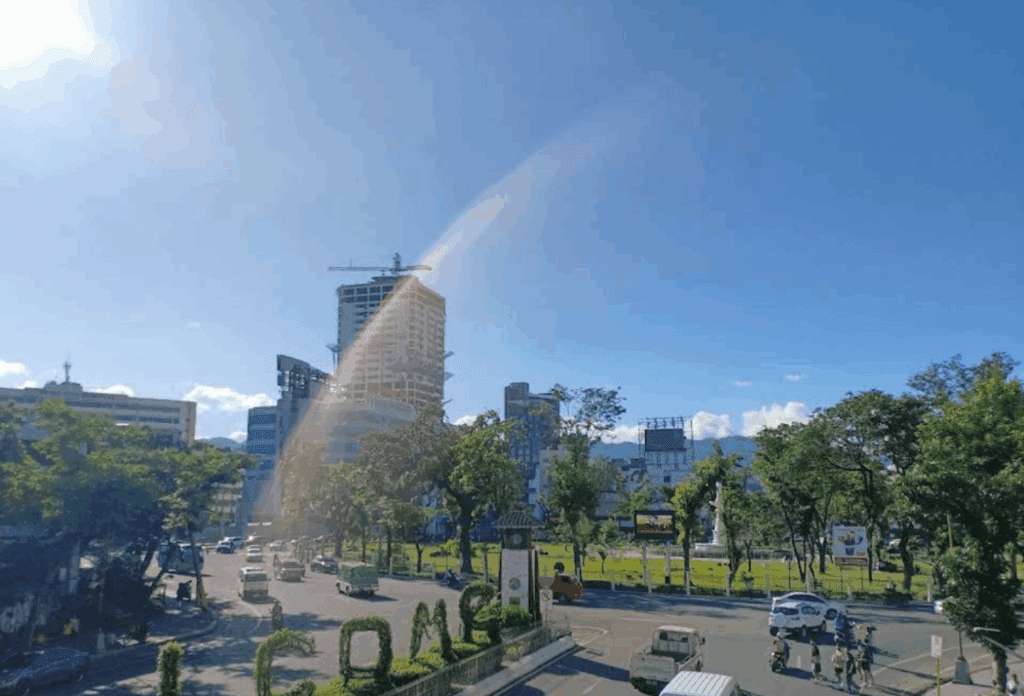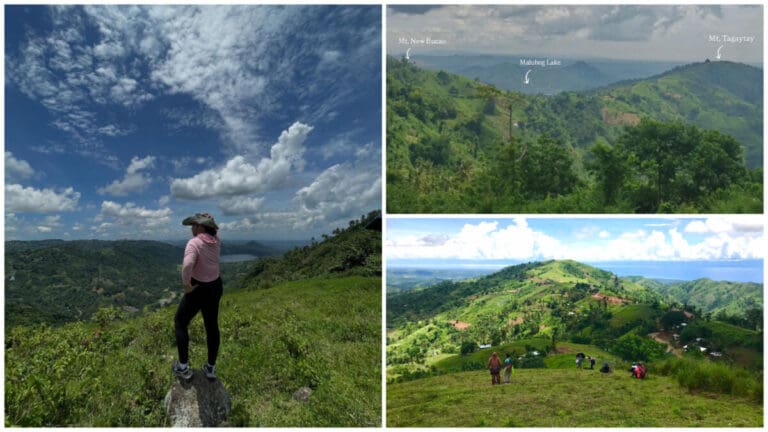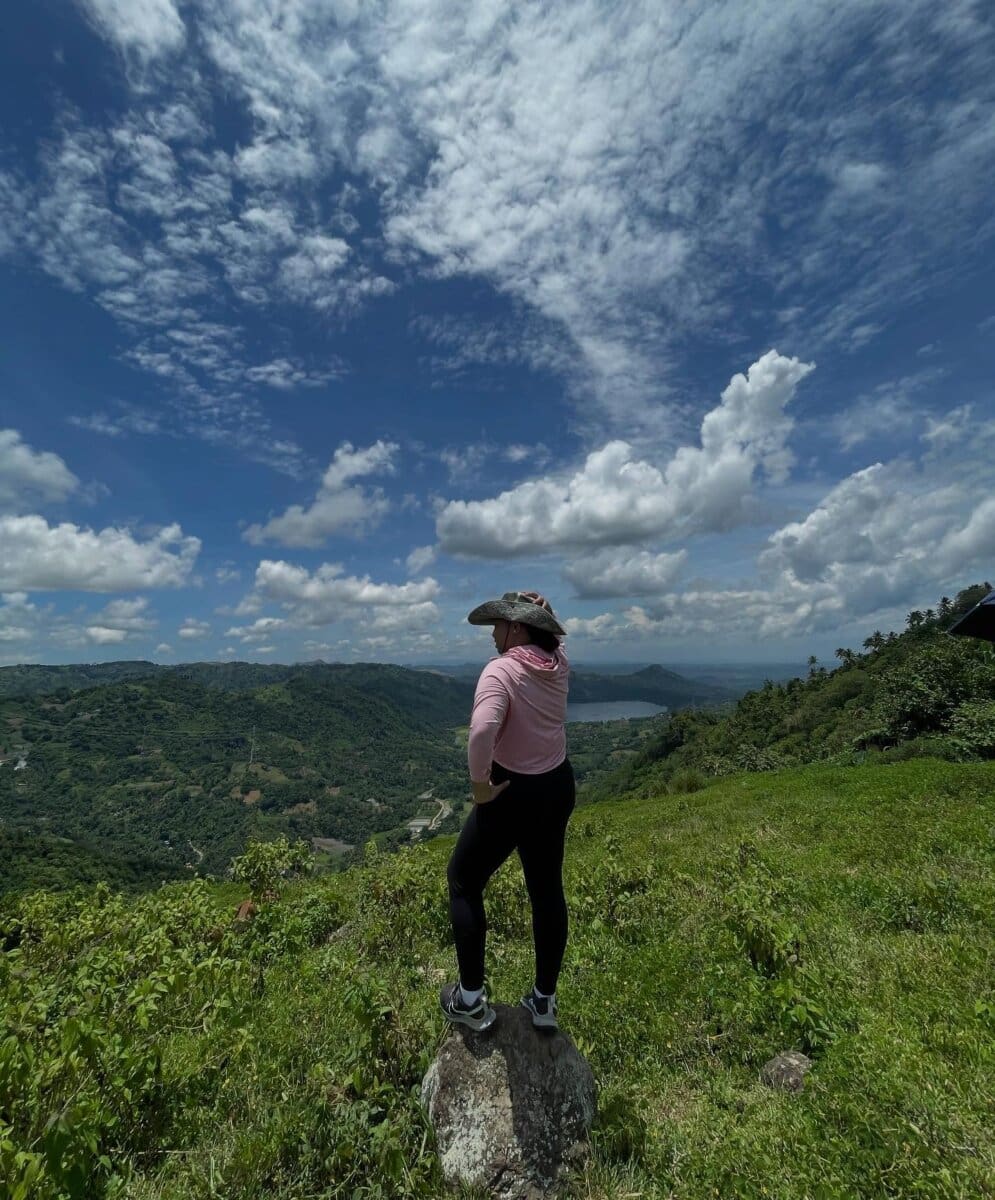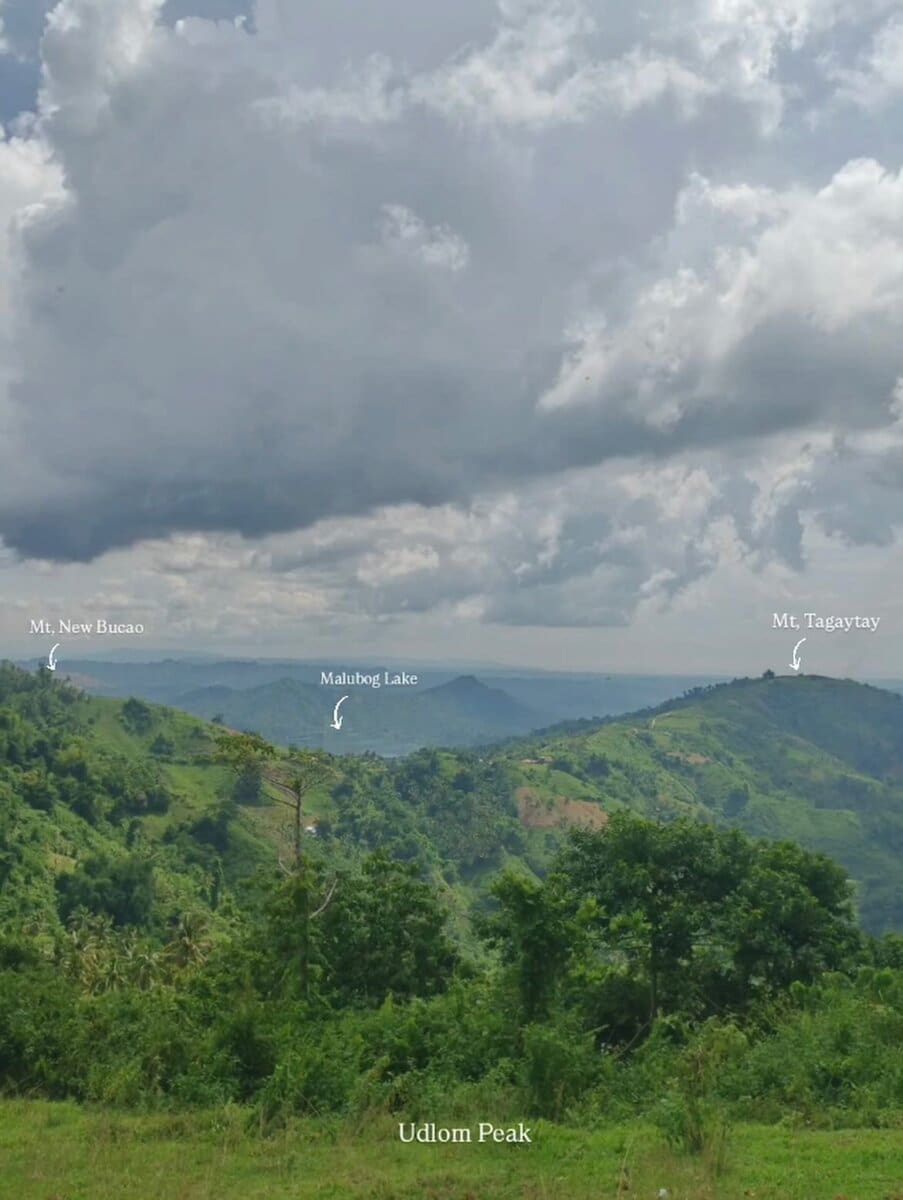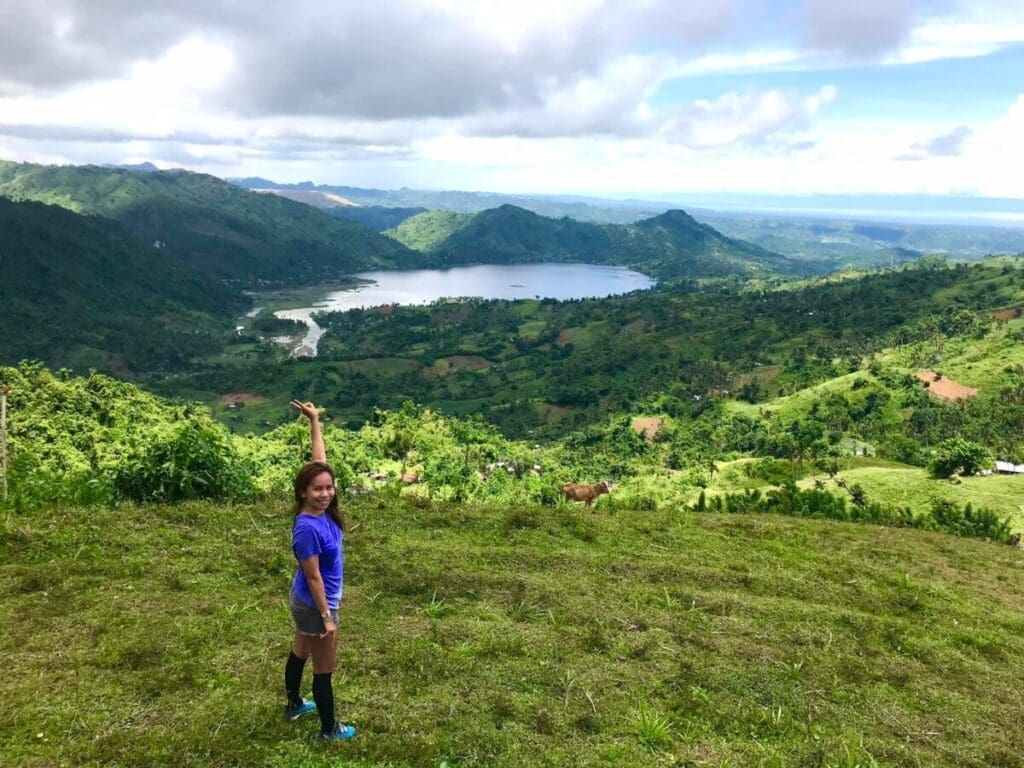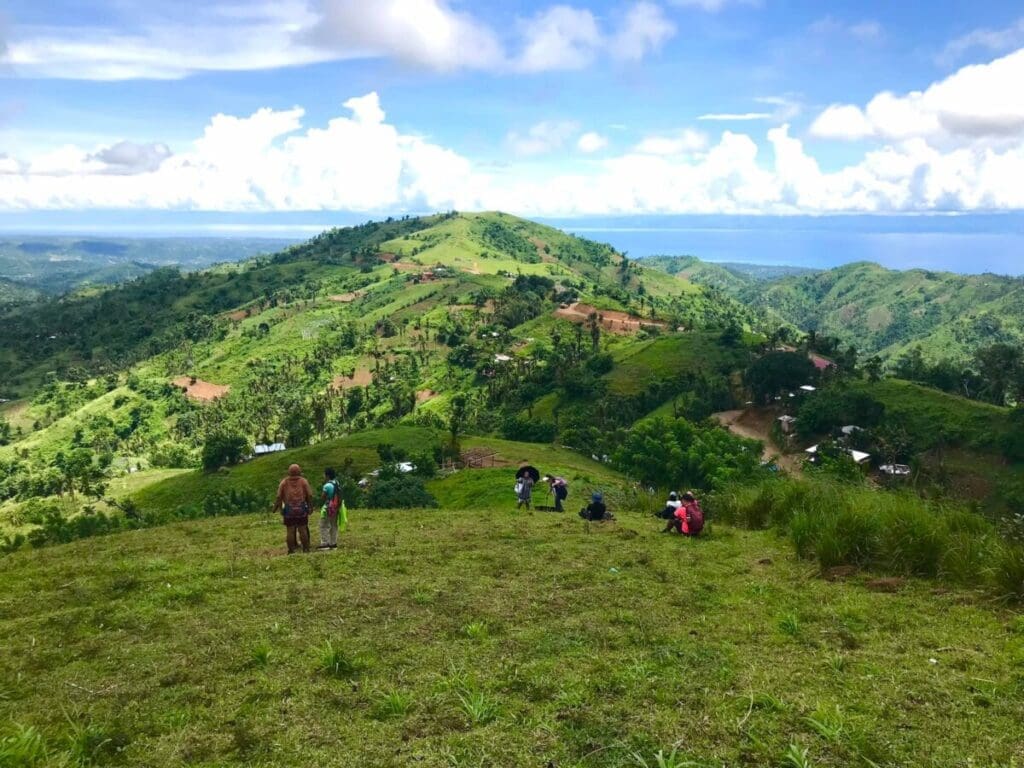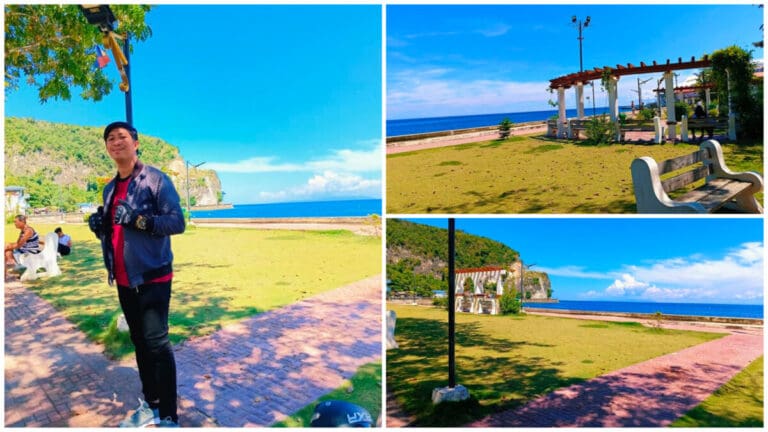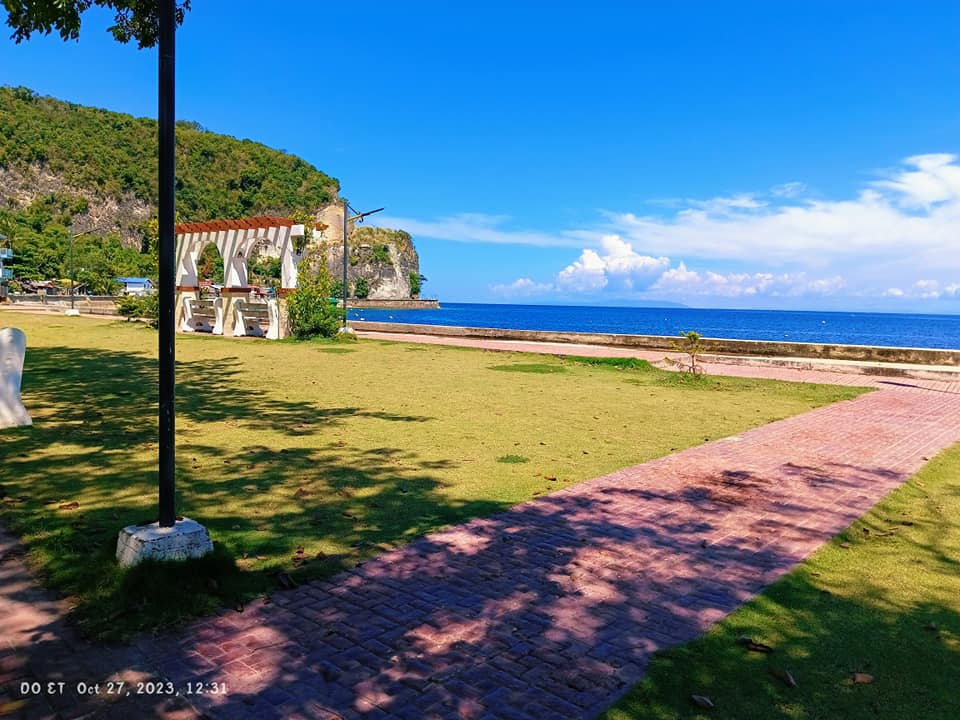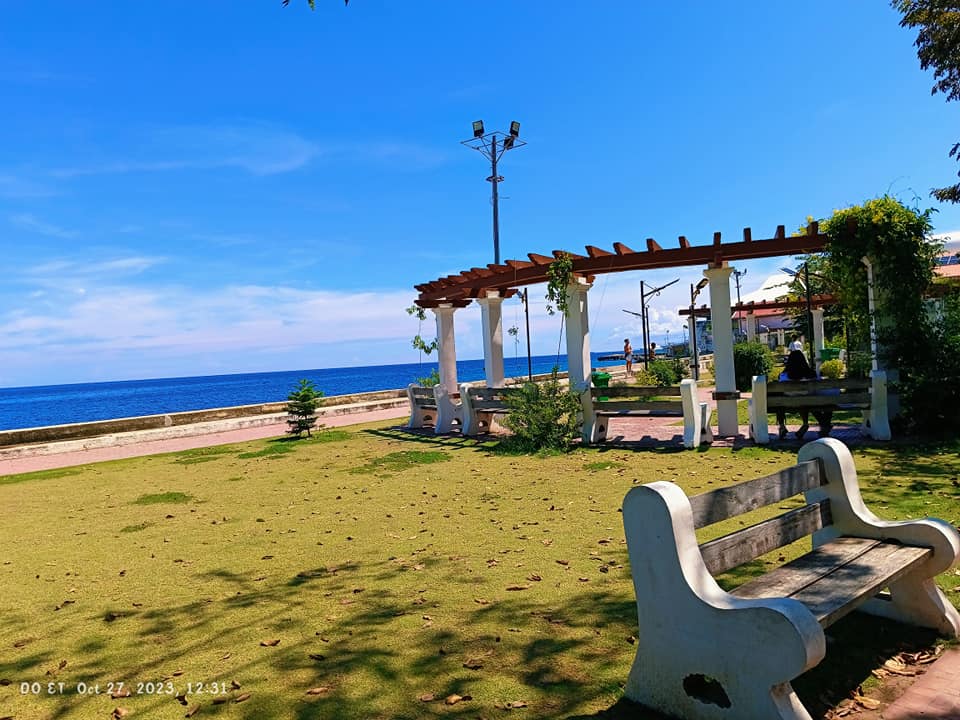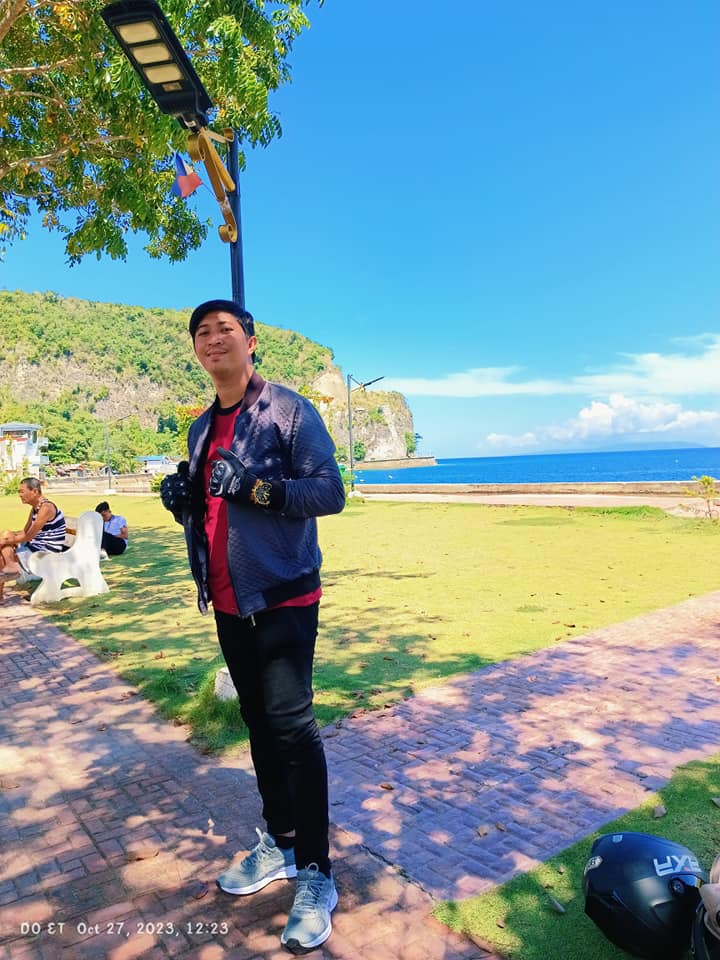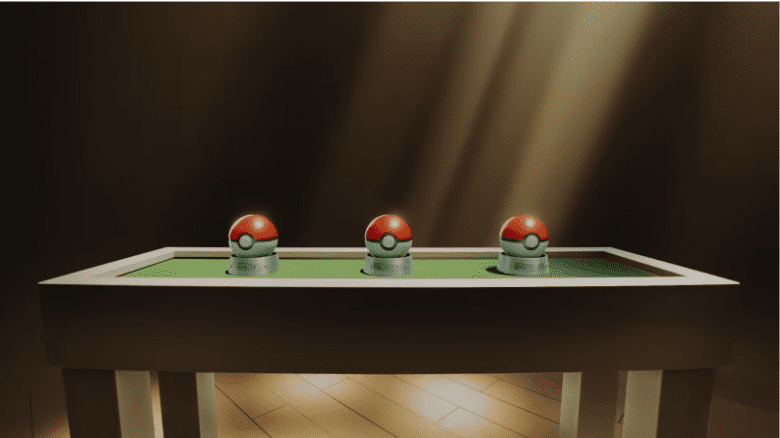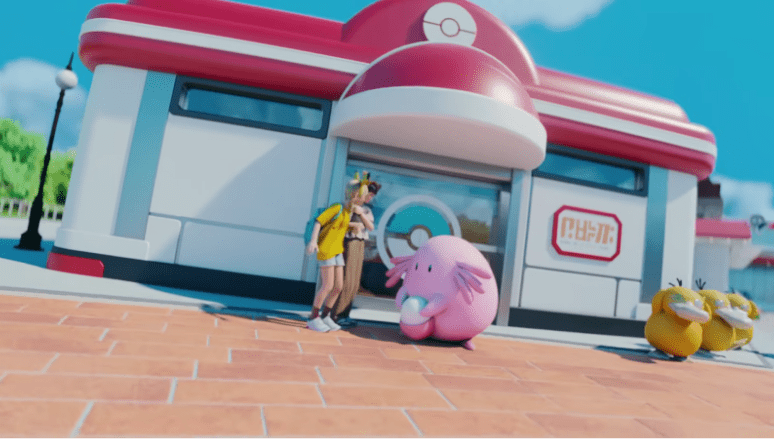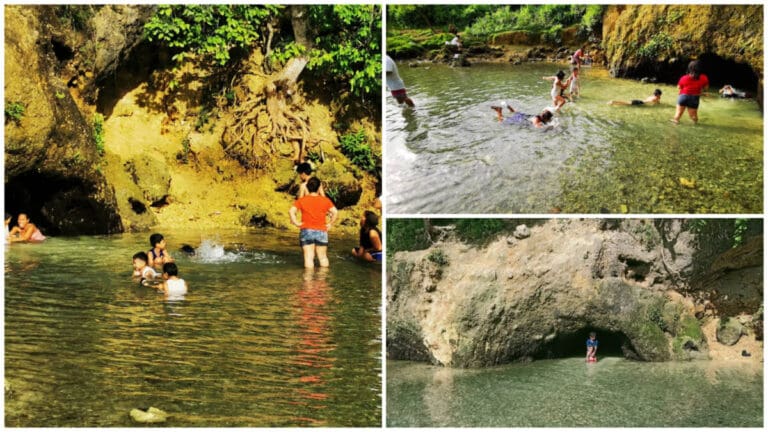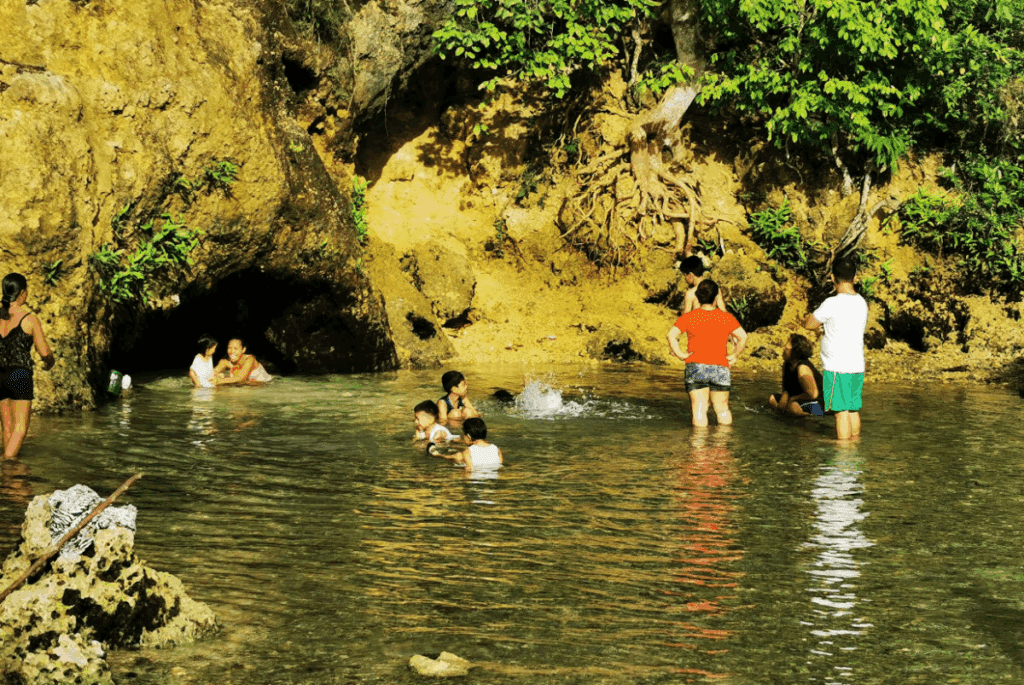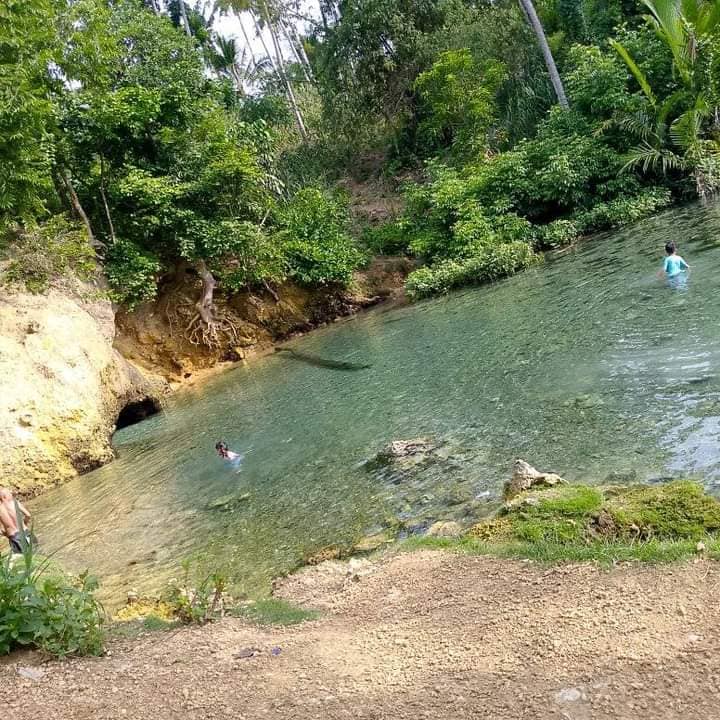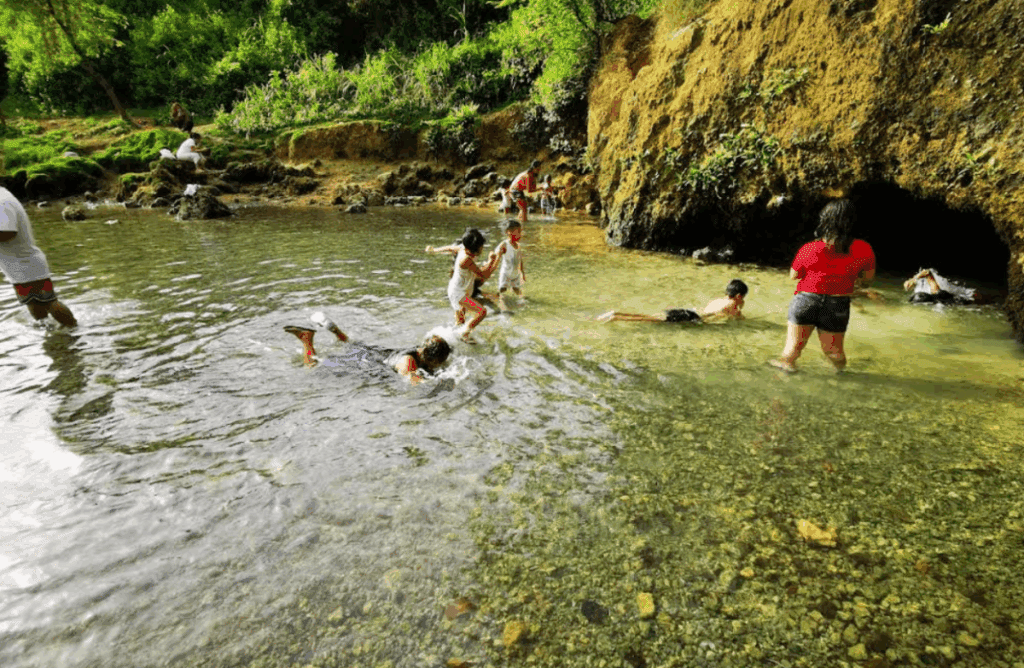After your visit to the Simala Shrine in Sibonga, treat yourself to a good meal nearby. From local eateries to cozy cafés, these spots offer comforting food and a taste of Cebuano warmth just a few minutes from the shrine.
1. Leony and Precy Small Eatery

For a truly local experience, Leony and Precy Small Eatery is a favorite stop for pilgrims heading to the Simala Shrine. Serving classic Filipino home-cooked dishes, meals here range from ₱100 to ₱200 per person, perfect for travelers on a budget. Located along Mama Mary Sanctuary Road in Sibonga, this humble eatery offers simple comfort food like adobo, tinola, and pancit canton that hits the spot after a long day of devotion.
How To Get There?
Location: Mama Mary Sanctuary Rd, Sibonga, Cebu
- By Car: Navigate Leony and Precy Small Eatery via GoogleMaps or Waze
- By Commute: From Cebu City, take a bus or van bound for Sibonga and drop off at the Simala Shrine junction. From there, you can ride a habal-habal (motorbike taxi) or tricycle straight to the eatery. If driving, the place is along the main access road heading to the shrine.
2. Pabukid Restaurant
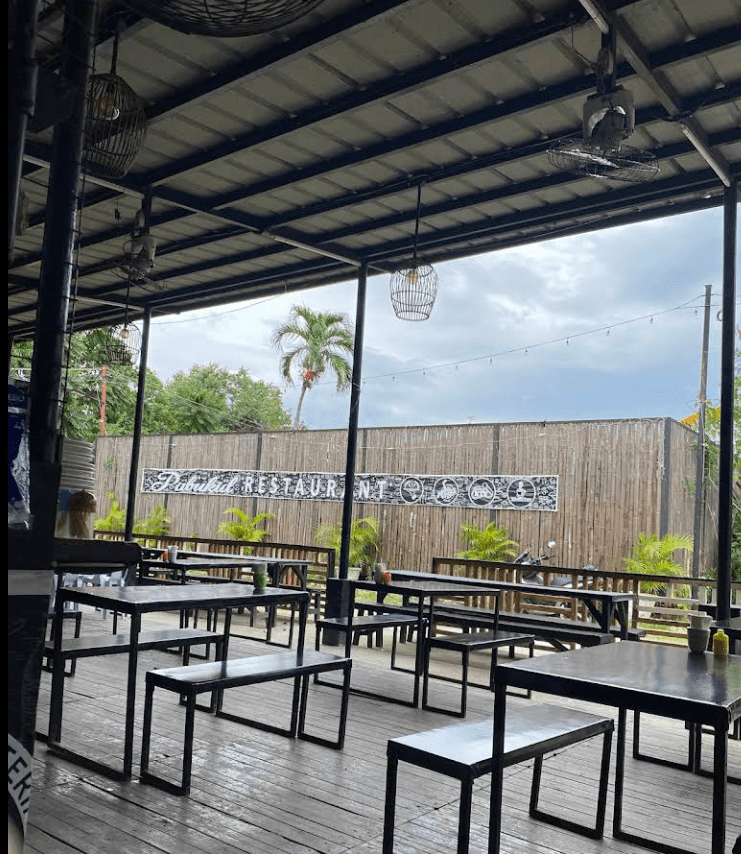
Located in the heart of Sibonga, Pabukid Restaurant combines native charm with hearty Filipino meals, priced between ₱200 and ₱400 per person. The restaurant is surrounded by lush greenery and offers an al fresco dining setup, giving guests a relaxing “probinsya” feel. Their bestsellers include grilled seafood, crispy pata, and sinigang na baboy, perfect for sharing with family or friends after a spiritual visit.
How To Get There?
Location: Sibonga, Cebu
- By Car:If driving, follow the southern coastal road from Cebu City to Sibonga town proper, then head toward the Simala Shrine road.
- By Commute: Hop on a Ceres bus bound for Sibonga and ride a local tricycle to Pabukid.
3. Café Malaya – Lindogon


A cozy stop for coffee lovers, Café Malaya in Lindogon, Sibonga is a peaceful café near Simala Shrine, known for its scenic views and local hospitality. Their breakfast meals start at ₱105 to ₱150, including favorites like longsilog, tocilog, and brewed coffee made from local beans. With its rustic interiors and serene atmosphere, it’s an ideal spot to unwind before or after your visit to Mama Mary’s shrine. How to get there:
How To Get There?
Location: Lindogon, Sibonga, Cebu
- By Car: Navigate Simala Shrine via GoogleMaps or Waze, located just a few minutes from Simala Shrine, Café Malaya is easily accessible by car or motorcycle.
- By Commute: Take a tricycle or habal-habal from the shrine gate, it’s a quick and scenic ride uphill to Lindogon.

